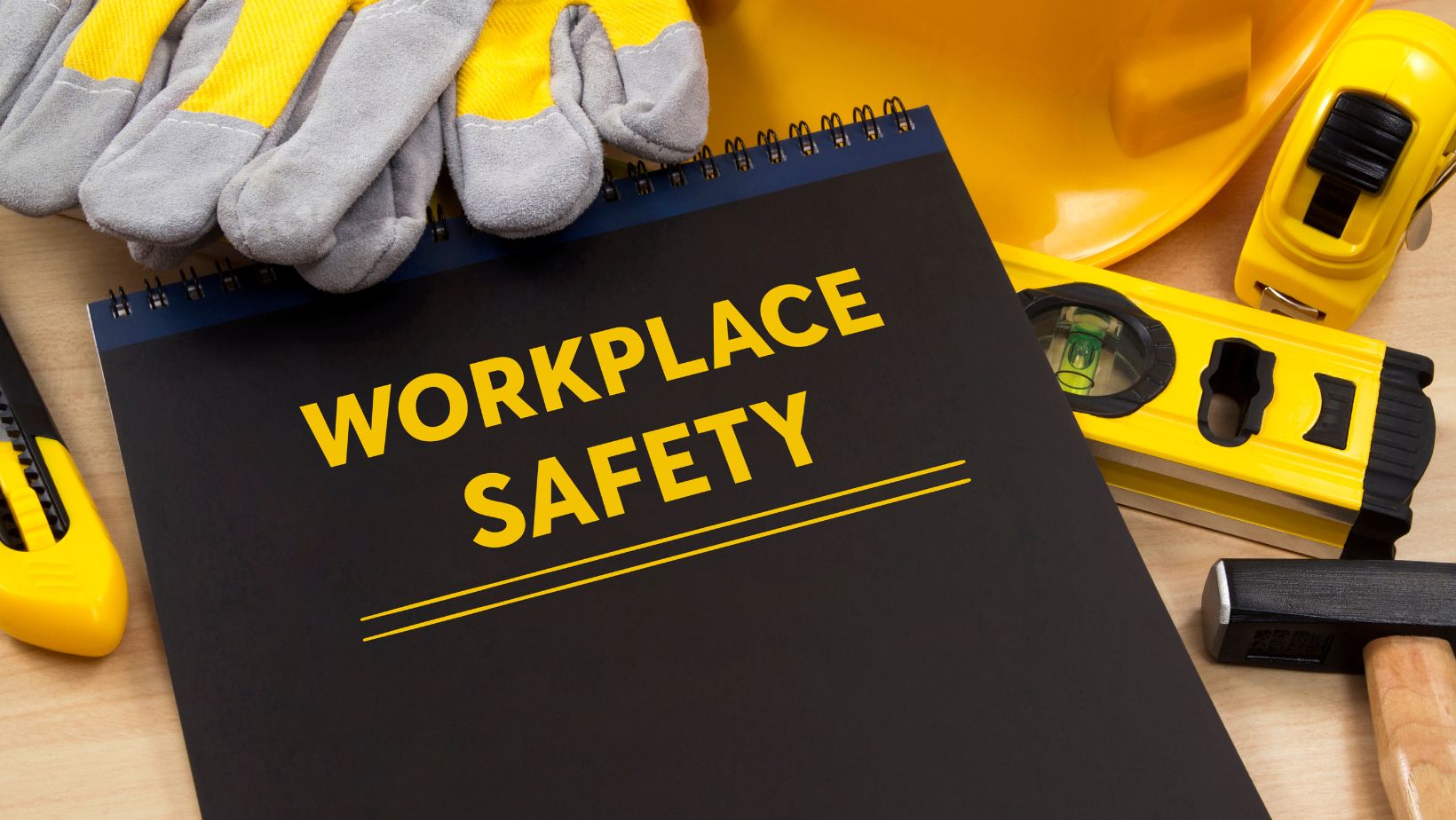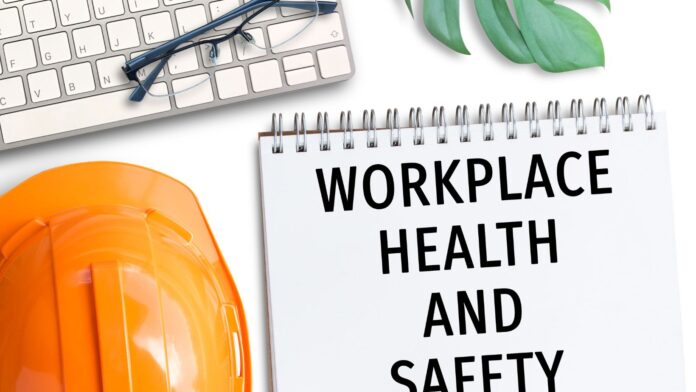An Accounting of Safety and Health Responsibilities Should be
When it comes to safety and health responsibilities, employers have a legal and moral duty to protect their employees. This article aims to emphasize the significance of fulfilling these responsibilities. By implementing proper safety protocols and providing adequate training, employers can minimize the risk of accidents and injuries, creating a secure and productive workplace.
Moreover, this article will explore the various safety and health responsibilities that both employers and employees should be aware of. From maintaining a clean and hazard-free environment to promoting a culture of safety, every individual plays a crucial role in ensuring the well-being of themselves and their colleagues. By understanding these responsibilities, we can foster a safer work environment and enhance overall productivity.
Understanding Safety and Health Responsibilities
The Importance of Safety and Health in the Workplace
Maintaining a safe and healthy work environment is of utmost importance for both employers and employees. It not only ensures the well-being of the workforce, but also has a direct impact on productivity and overall business success. By prioritizing safety and health in the workplace, employers can minimize the risk of accidents, injuries, and illnesses, leading to a more efficient and effective workforce.
Legal Obligations for Safety and Health
Employers have a legal duty to provide a safe and healthy work environment for their employees. This responsibility is mandated by various laws and regulations, such as the Occupational Safety and Health Act (OSHA) in the United States. Failure to comply with these legal obligations can result in severe penalties, including fines and even criminal charges.
To fulfill their legal obligations, employers must:
- Conduct regular risk assessments to identify and address potential hazards in the workplace.
- Implement appropriate safety measures and provide necessary safety equipment to protect employees.
- Train employees on safety procedures and ensure they have the knowledge and skills to perform their tasks safely.
- Maintain accurate records of safety training, incidents, and inspections.
- Regularly review and update safety policies and procedures to align with changing regulations and best practices.
Employees also have a role to play in maintaining a safe and healthy work environment. While employers are responsible for providing the necessary resources and training, employees must actively participate in safety programs and follow established protocols.

Employers’ Responsibilities for Safety and Health
Developing Safety Policies and Procedures
When it comes to an accounting of safety and health responsibilities, employers play a crucial role in ensuring the well-being of their employees. One of the primary responsibilities of employers is to develop and implement comprehensive safety policies and procedures. These guidelines serve as a roadmap for maintaining a safe and healthy work environment.
Safety policies and procedures should be clear, concise, and accessible to all employees. They should outline the specific safety protocols to be followed, including guidelines for handling hazardous materials, operating machinery, and responding to emergencies. By establishing these policies, employers demonstrate their commitment to creating a safe workplace.
Conducting Risk Assessments
Another important responsibility of employers is conducting regular risk assessments to identify potential hazards in the workplace. These assessments involve systematically evaluating the work environment, equipment, and tasks to identify any potential risks or hazards that may compromise employee safety.
During a risk assessment, employers should consider factors such as physical hazards, chemical exposures, ergonomic risks, and psychological stressors. By thoroughly assessing these risks, employers can take proactive measures to eliminate or minimize them. This could include implementing engineering controls, providing personal protective equipment (PPE), or modifying work processes to ensure employee safety.
Conclusion
This article has highlighted the importance of safety and health responsibilities in the workplace. It has emphasized the legal and moral obligations of employers to protect their employees and has discussed the necessary measures to ensure a safe working environment. The article has also explored the various responsibilities that both employers and employees should be aware of, including maintaining a clean and hazard-free environment, developing safety policies and procedures, conducting risk assessments, and providing ongoing safety training.


